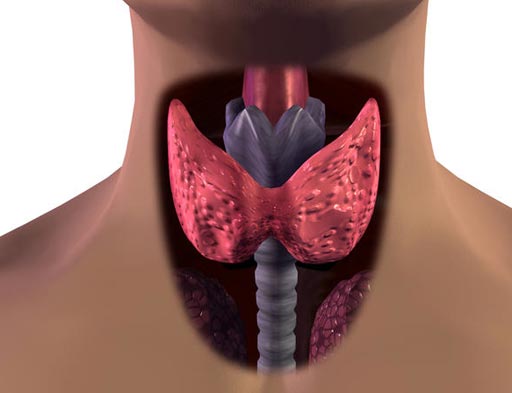Prognostic Tool Stratifies Risk of Parathyroid Carcinoma
By LabMedica International staff writers
Posted on 09 May 2017
Researchers have identified key predictors of parathyroid cancer (PTC) recurrence after surgery, and developed a 3-point scoring system to more reliably identify patients at the highest risk of recurrence. Consequently, the tool can also help determine optimal postoperative strategy.Posted on 09 May 2017
The best chance for cure of PTC is early diagnosis then surgical removal of all tumor cells. However, over 50% of patients develop a recurrence after the first surgical procedure, said study first author Angelica Silva-Figueroa, MD, oncological surgeon at RedSalud Avansalud Clinic, Chile, “What is needed is a prognostic staging system for PTC. We do not know which group of patients has an increased risk of relapse.”

Image: Researchers have identified key predictors of PTC recurrence after surgery, and developed a system to identify patients at the highest risk of recurrence (Photo courtesy of HealthTap).
The study team, including fellows of American College of Surgeons (ACS; Chicago, IL, USA), examined data on patients treated for PTC between 1980-2016 at the University of Texas MD (UTMD) Anderson Cancer Center (Houston, TX, USA). From a sample size of 68 patient records, 26 patients developed recurrent disease after a median follow up of 4.6 years.
Rather than using the traditional parameter called disease-free survival (DFS), which evaluates effectiveness of a therapy over time, the investigators assessed recurrence-free survival (RFS). After the initial operation to remove the tumor, the RFS rates were 85% at 1 year, 67% at 2 years, and 51% at 10 years.
“The data points used to determine RFS are quantitative and can predict disease recurrence in the first 2-3 years after disease resection,” said senior author Nancy D. Perrier, MD, FACS (fellow of ACS), UTMD Anderson Cancer Center, “This [approach] offers a means to stratify patients and consider more aggressive adjuvant treatment for those at higher risk of recurrence.”
Patients with PTC typically have significantly elevated levels of calcium in their blood as well as other abnormal parathyroid hormone levels. In the multivariate analysis, the team identified 3 adverse characteristics as key prognostic indicators of PTC recurrence: serum calcium level greater than 15 mg/dL, age over 65, and invasion of the tumor into blood vessels.
From there they developed a simple predictive tool by combining these three variables. Patients were stratified into 3 risk groups – low, moderate, and high – based on the number of adverse characteristics each one had, from 0 to 3.
The study found that the 2-year RFS rate after parathyroidectomy was 93% in those with 0 adverse characteristics (low risk), 72% in those with 1 adverse characteristic (moderate risk), and 27% in those with 2 adverse characteristics (high risk). The study also showed that, although the risk of recurrence is greater within 2 years after the initial surgery, this risk continues to increase over the next 10 years and beyond in the moderate risk group.
With this combination of measurable and available information, a patient’s risks can be assessed. For individuals at elevated risk, additional surgery or other adjuvant therapies could be used early on to control cancer recurrence.
“We believe that this scoring system is the first step in personalized cancer care,” Dr. Silva-Figueroa said, “The system may help physicians predict the clinical progression of this disease, reliably aid immediate postoperative treatment decisions, and guide clinical monitoring for progression.” It is currently being validated at 4 centers across the USA. Once these prospective studies have been completed and results are published, the tool can be made available for public use.
This approach “should be employed for other rare tumors where data are insufficient to generate prognostic stages,” said David Winchester, MD, FACS, medical director of Cancer Programs at ACS, “It’s a good model to pave the way for future studies.”
The study, by Silva-Figueroa AM et al, was published April 19, 2017, in the Journal of the American College of Surgeons.














